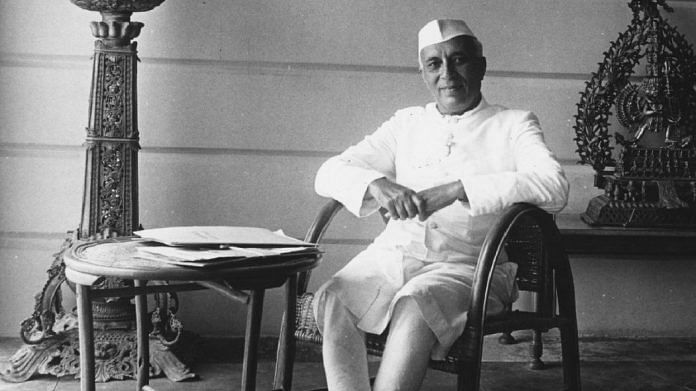On Indian armed forces were able to capture Goa in a span of two days with negligible pushback, liberating it on 19 December, 1961.
New Delhi: Goa, seen as the most hip and happening tourist destination of the country, was liberated from the Portuguese rule on this date 57 years ago.
The Goa liberation movement lasted for well over 20 years before India finally annexed the region in 1961. The invasion has been captured on the big screen in two iconic movies, Saat Hindustani and Pukar, both starring Amitabh Bachchan.
One of the last colonies in the Indian subcontinent to gain independence and become a part of India, Goa continues to have a sizeable Portuguese-speaking population.
Revisiting history
The Portuguese began conquering Indian regions in 1510 and established colonies in various parts of the western coast. Parts of the native Goan population felt extremely oppressed and subjugated under the Portuguese rule, which resulted in a number of uprisings and revolts from within the community spanning several years. However, nothing substantial could be achieved by these revolts, possibly because they were highly localised in nature.
It was in the 1940s that India’s freedom movement gained unprecedented momentum. At this stage, the movement for Goa’s liberation also received a big boost with leaders such as Ram Manohar Lohia throwing their support behind it.
Many local outfits also emerged around this time and raised a number of demands, including Goa’s merger with Maharashtra or Karnataka, independent statehood for Goa and autonomy for Goa under the Portuguese rule. Ultimately, the national independence movement succeeded but Goa failed to achieve independence with the rest of the country in 1947.
Diplomacy and more
Not only did India dabble in differing demands for Goa’s liberation over time, but also tried its hand at different approaches.
After India attained independence, Nehru asked France as well as Portugal to peacefully give up their remaining colonies in the subcontinent and let India take control. While France conceded, Portugal refused.
Subsequently, India approached the United Nations to convince the Portuguese into leaving India peacefully. All diplomacy seemed to hit a dead-end as the Portuguese didn’t want to let go of a spot as strategically pertinent and valuable as Goa.
It was in 1961 that India’s patience ran out and it decided to annex Goa either peacefully or by using force. In early December that year, Indian forces were stationed near the Goa border to take control of the area under ‘Operation Vijay’.
The Indian armed forces were able to capture Goa, in a span of two days, with negligible pushback. The then governor general of Goa signed an instrument of surrender, thereby freeing Goa of Portuguese rule.
Also read: Tipu Jayanti may be in the soup, but film ‘Johar-Mehmood in Goa’ placed him with Nehru & Gandhi
Unintended consequences
Incidentally, the US embassy in New Delhi had sensed India’s plan to seize Goa in December 1961.
Bruce Riedel, in his book JFK’s forgotten crisis: Tibet, the CIA, and Sino-Indian War, mentions the implications of India’s seizure of Goa on Indo-US relations.
The then US ambassador to India, John Kenneth Galbraith, wrote to Nehru suggesting that while he was sympathetic to India, they shouldn’t be using force. Nehru disregarded these appeals by Galbraith, and it was only after India began making preparations for military action that the US State Department said that if Nehru could wait for another six months, they would pressure the Portuguese to cede Goa. But it was too late.
Nehru had been a flag-bearer and active proponent of peaceful resolution of international conflicts. Thus, this unilateral military action in Portugal-ruled Goa made him subject to accusations of being a hypocrite. Historians point out that this criticism was flawed as Nehru had been comfortable with the idea of using military action to maintain India’s unity since the start when he compelled Indian princely states to become part of the Indian Union, using force.




hi its submit so interesting
The US purpose of asking Nehru to wait for 6 months before using force was to enable Portuguese to strengthen their army to defend Goa. Nehru did the right thing by capturing Goa by force.
Why the same was not done with POK? Would all these issues that we face now have happened if that was cleared then and there?
Then again, after the Indo Pak wars, we could still have cleared and settled this POK issue once and for all..but not done.????